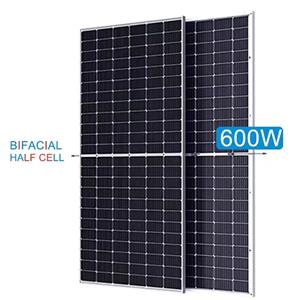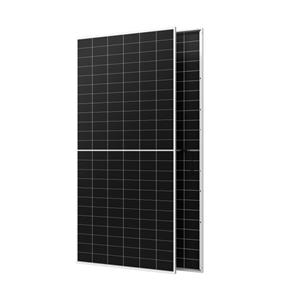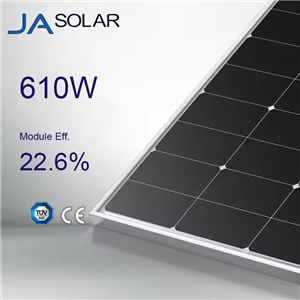How to DIY Solar Panels for Home: Guide 2025
How to DIY Solar Panels for Home: A Simple Setup Guide
Installing solar panels on your own can save you thousands of dollars while giving you control over your energy independence. If you’re comfortable with basic construction and electrical tasks, a solar system project can be both practical and rewarding. This guide walks you through each stage of setup, from evaluating your home’s solar potential to final wiring.

Can I Install a Solar Panel System Myself?
Absolutely. Many homeowners successfully complete DIY solar panels installations with basic tools and preparation. If you’ve tackled home renovation tasks before, you can handle photovoltaic panels installation as well. Most of the process involves mounting and positioning rather than complicated electrical work.
If wiring feels daunting, you can complete the panel and bracket installation yourself, then hire a licensed electrician for the final connection. This hybrid approach significantly reduces costs while ensuring safety and compliance with electrical standards. Even partial installing solar panels yourself can cut labor costs by up to 50%.
How to DIY a Solar Panel System for Your Home
1. Assess Your Home’s Solar Potential
Start by determining how much sunlight your home receives. South-facing roofs or open ground areas are ideal for solar panels how to install guides, as they minimize shading and maximize daily sun exposure. Avoid shaded zones to ensure optimal efficiency from your system.
2. Determine Your Energy Needs
Check your electricity bills to estimate average monthly usage. This helps you decide how many panels are needed. For off-grid homes, consider peak power demand to ensure your solar system project meets daily energy requirements.
3. Obtain Permits
Most areas require permits before starting photovoltaic panels installation. Check with local authorities or homeowner associations for approvals and regulations to avoid costly delays.
4. Choose Your System
Select a system that matches your energy goals. If you’re using Xinjie Solar Panels, options like the Xinjie 400W Rigid Solar Panel are perfect for rooftop or ground systems, while Xinjie Portable Solar Panels provide flexible setup options. Pair them with reliable inverters and batteries for maximum efficiency.
5. Assemble Your Tools
Gather all necessary tools and safety equipment before starting: power drill, wrench, ladder, caulk gun, gloves, harness, and safety glasses.
6. Buy Additional Components
Ensure your kit includes mounting racks, charge controllers, and inverters. Additional wiring, junction boxes, or breakers may be required depending on your setup.
7. Install the Mounting System
For rooftops, locate rafters with a stud finder and secure the flashing and rails. For ground mounts, construct a metal frame with concrete footings. Once cured, attach the rails and run conduit underground to protect wiring.
8. Install Inverters
Inverters convert DC power to AC electricity for home use. Mount microinverters behind each panel or connect a central inverter depending on your system design.
9. Install the Panels
Mount your panels securely using the clamps included in your kit. Follow the manufacturer’s guidelines for how to install solar panels to ensure correct alignment and secure wiring connections before tightening them down.
10. Install the Battery
Place the battery system in a cool, dry area such as a garage. Connect DC wiring from the panels to the battery, and AC wiring from the inverter to your home’s electrical panel. Always refer to manufacturer manuals for precise instructions.
11. Connect the System to your Household Wiring
Once everything is installed, connect your inverter output to the household breaker panel. If unsure, hire a qualified electrician to handle this step safely and correctly. After testing, your DIY solar panels setup is ready to power your home with clean, renewable energy.
Things To Consider Before Choosing to DIY Solar Panels for Your Home
Technical Ability: Are you confident in your construction and wiring skills?
Energy Needs: How much energy must your system produce?
Local Regulations: Do local laws allow installing solar panels yourself?
Space Availability: Do you have enough unshaded roof or yard space?
Roof Suitability: Is your roof in good condition?
Sunlight Exposure: How many sun hours does your area receive?
Solar Incentives: Some regions offer tax credits only for professionally installed systems.
Frequently Asked Questions
Is It Cheaper To Build Your Own Solar System?
Yes. If you have the right tools and skills, a DIY solar panels setup can significantly reduce total project costs. However, purchasing a complete kit ensures compatibility and simplifies installing solar panels correctly.
Can I go off-grid with a DIY solar setup?
Yes, provided you include sufficient battery storage and inverter capacity. For larger systems, professional consultation is recommended for accurate load calculation.
Final Thoughts
Creating your own solar system project is a fulfilling and cost-effective way to embrace renewable energy. With careful planning and high-quality components, you can confidently handle most steps of photovoltaic panels installation yourself. Always prioritize safety and compliance, and when in doubt, seek professional support for electrical connections.
Whether roof-mounted or ground-mounted, Xinjie Solar Panels are built for long-term performance and efficiency. Take the first step toward clean energy independence—start your solar journey today with Xinjie Energy.




